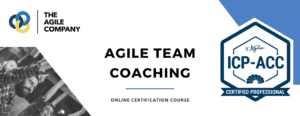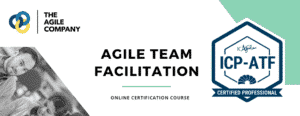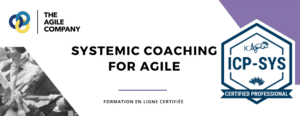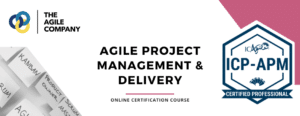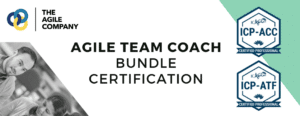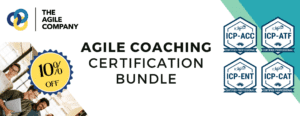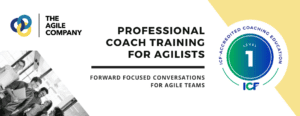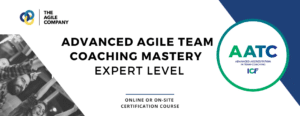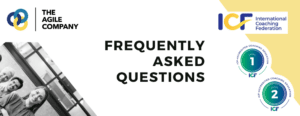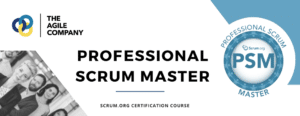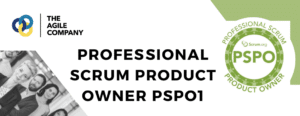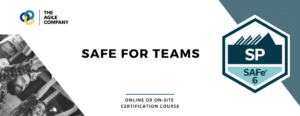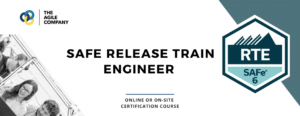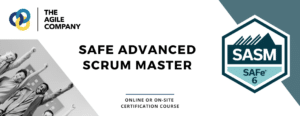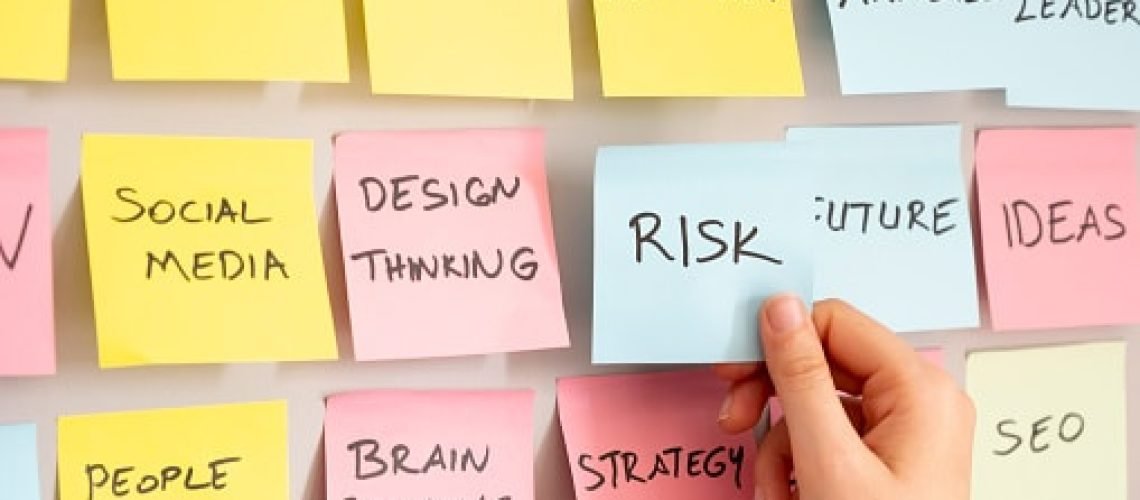When Covid-19 hit, the entire planet was quick to embrace, and improve the online collaboration tools we had available to us: At The Agile Company we actually had been teaching the ICAgile courses online for a few months before the crisis, so we didn’t have to adapt, but as the planet adapted to the new normal, the tools for online collaboration became more sophisticated, more diverse, easier to manage and allowed for teams to collaborate more efficiently over the internet.
Sharing instant thoughts on sticky notes, collaboratively visualizing and analyzing value streams, gamifying the retrospective meetings with fun and interactive games on Mural, and so on.
A great improvement indeed, for teams and groups that need to meet over the internet, yet today in our Facilitation Lab (part of our ICE-AC cohort work) we noticed something important. With all the gamification, sticky packs, smiley voting and cloud ideation tools out there, where is the real collaboration and conversation happening? How are we getting to the bottom of our thoughts and ideas if we are limited by a 4 by 4 yellow square on a Miro frame ?
How did we gamifiy ourselves out of collaborative discussions ?
«When we design the perfect silent conversation»
Today, in our facilitation practice sessions, our facilitators had designed a beautiful session on a digital whiteboard, complete with beautiful images, well prepared sticky packs, spider diagrams and feedback boards. Also the facilitators had done a great job staying away from intervening and meddling with the content which was owned fully by the participants in the session, yet the session lacked a foundational ingredient; meaningful discussions in which the participants were freely and safely building on the ideas of the group, collabéorating in a way that allows for natural self-organization to happen, and the actual divergence and convergence of ideas in a tangible and actionable outcome. The group had not been able to work together, they had been been working individually, reporting to the team or facilitator instead of discussing as a team!
«When we ask the team to write something on a sticky note, why then ask them to explain their sticky note?»
Last year I was observing a retrospective meeting which was hosted by a wonderful facilitator. She had prepared a template for a sailboat type of retrospective and the team was made up of 4 or 5 people, not more. The session started with the team placing the stickies on each part of the retro board, the anchor for what holds us back, the wind representing what keeps us going forward etcetera. The team was placing stickies and writing their ideas and then they were asked to comment on their ideas. It wasn’t until the very last minutes, that they started to learn from each other’s ideas and started to cocreate new ideas and learning for their next sprint.
We need to go back to seeing the tools for what they are; Tools!
There are two important uses for sticky note ideation:
- Allow for a more anonymous idea generation, where we feel safer to place our challenges on a piece of paper before the whole group, without being singled out as the author of the sticky idea
- To take notes of what is being said or needs to be done going forward.
Some ideas to get focus more on the group growing as a system, and use stickies as tools, supporting the conversation, not instead of:
As facilitator, first adapt your design to the people in your group, team maturity, willingness to express ideas freely and system dynamics all play a role in how you use sticky notes for example as a supporting tool:
Are you dealing with a group of introvert people? – Then maybe allow for silent ideation (with stickies) and the ask for the group to focus on 1 idea on the board that they didn’t write, and formulate a question around the idea, or how this idea on the board inspires them to move forward to reaching the outcome of the session. Do not ask people to read out and explain their own ideas, as this adds no value to the conversation. After each participant has expressed how an idea from the group inspired them or challenged them, allow the group to build on the shared intelligence and facilitate the conversation towards a meaningful outcome.
Another fun activity for a more silent group was used by Andre in his open meetup facilitation in which he asked the participants to come up with ideas, write them on a note and say them out loud at the same time. I am not sure this was the intention, but the group started to brainstorm outloud before writing the stickies, which allowed for the group to start self-organizing and feel part of the system. This activity does not allow for anonymous expression, but does help the group get used to interact vocally. It is important to use this as a warm up or starting activity before asking the group to take a step back and comment on what they are seeing what the group has cocreated and how they can converge the ideas into something practical as in “next steps” or an actionable solution to what the group was working on.
If you are working with people that feel fully safe sharing and building on each other’s ideas, you may not even need stickies as an ideation tool, but you might want to use them as note taking tool. Make sure the outcome and desired results are clear for everyone and you design the session to involve a prop for discussion. This can be an image for example, or a simple statement you want people to react to. As the group feels safe and willing to start the dialogue, you need to make sure great ideas and learnings are captured. You can ask someone in the group to take notes for the group, or ask the participants to rotate taking notes on dedicated parking lots for example; one for decisions, one for ideas we want to flesh out later, one for experiments we want to try etc. leaving enough space for the group to self-lead the discussion, allowing you to do what you should do: work yourself out of a job!
So my best and biggest tip for you, to sum it all up, if you feel the design of your session is not meeting the purpose (conversation and reaching new insights leading to better solutions or actions) then take away the tool. Simply propose “It looks like the tool may be standing in between the team and the meaningful discussion we need to have, would you like to try an experiment with me and close the miro board/mural/cloud and let’s talk…. see how that goes?”

